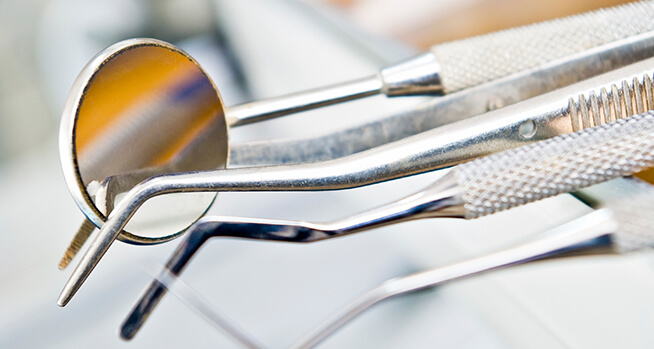Dental Malpractice vs. Medical Malpractice
As a patient of any practice in California, you have the right to expect a certain level of care. Your doctors, dentists and surgeons should obey best practices in terms of patient treatment. Acting outside of these standards could result in serious patient injuries and deaths – as well as medical malpractice lawsuits. Learning the subtle differences between dental malpractice and medical malpractice could help you understand more about your particular case.

Differences and Similarities
Malpractice is a professional’s failure to uphold the standards of care in his or her field, often resulting in harm to others. Malpractice is typically used to refer to doctors, dentists, financial advisors and lawyers. Dental malpractice and medical malpractice are similar in that they both involve the negligence, recklessness or carelessness of health care professionals. One involves dentistry while the other deals with more general health care.
Dental malpractice refers to mistakes made by a dental professional, such as a dentist,dental assistant, orthodontist or oral surgeon. Any patient injury or wrongful death due to negligent dental work could constitute dental malpractice. Examples of dental malpractice may include anesthesia mistakes, misuse of dental tools, unnecessary procedures, nerve damage during extractions and failing to diagnose oral cancers.
Medical malpractice is the neglect of a medical practitioner such as a doctor, surgeon or physical therapist to uphold standards of patient care, resulting in harm to the patient. Common examples are misdiagnosis, failure to diagnose, birth injuries, surgical errors, medication mistakes and emergency room errors. Any type of medical malpractice could interfere with a patient’s prognosis for recovery.
How to Prove Malpractice in California
Malpractice is a serious wrongdoing that could cost a patient his or her life. Injured patients or their family members may be able to bring civil lawsuits against the professional in pursuit of financial relief. One of the similarities between dental and medical malpractice is the proof required to obtain compensation as a victim. Both types of cases require the plaintiff or his or her lawyer to prove four main elements.
- A professional duty existed. The injured party must show that he or she was the patient of the dentist or doctor at the time of the incident. This will establish the defendant owed the plaintiff a professional duty of care.
- The defendant breached a duty of care. The dentist or doctor must have breached or failed to fulfill a duty of care to the patient. A breach of duty could describe any act of negligence.
- The breach of duty caused the injuries. The defendant’s actions or omissions must have been the proximate cause of the patient’s injury or illness.
- The patient suffered specific damages. Finally, the patient must demonstrate specific damages, such as financial losses from medical bills or physical pain and suffering.
In California, a claimant has three years from the date of the alleged dental or medical malpractice to file a civil claim. If the patient does not discover his or her injuries until later, the patient has one year from the date of discovery to file. Missing the statute of limitations typically results in losing any right to compensation for both types of malpractice claims.
When to Contact a Lawyer
Dental and medical malpractice are both serious offenses that may require attention from a personal injury attorney. These claims are complex and can be difficult to navigate on your own as an injured patient. Hiring a lawyer could be the best way to protect your rights. A lawyer could help you identify the proper defendant, bring your claim within the state’s deadline and comply with all filing requirements. Contact a lawyer right away if you suspect your dentist or doctor of malpractice relating to your serious injuries.

